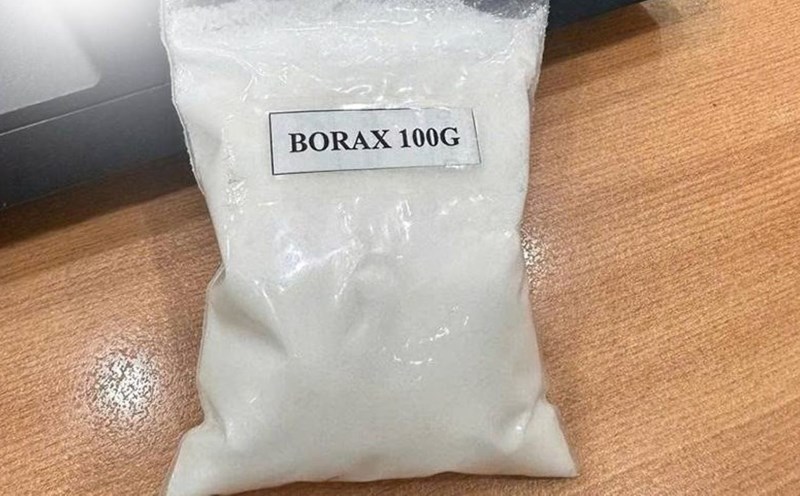On July 2, information from the Central Endocrinological Hospital said that male patient, D.N.M, 58 years old, from Thuy Nguyen, Hai Phong, was brought by his family in a state of respiratory failure and deep coma.
According to information from the family, about 15 minutes before being hospitalized, the patient drank coffee and smoked a cigarette of unknown origin in Yen Lang area, Hanoi. Immediately after that, he had difficulty breathing, turned purple all over his body, lost consciousness and quickly fell into a coma. Before being taken to the hospital, the patient did not receive first aid.
When admitted to the Emergency Department, the patient was in a coma with a Glasgow 7 score, the co both sides of the body were constricted (1 mm), SpO2 was only 75%, slow breathing frequency 89 times/minute, purple all over the body. The blood pressure dropped to 90/60 mmHg, the blood flow was rapid 120 times/minute. Lung examination showed a decrease in pharyngitis, no rancing. Electricity shows a rapid Tube heart rate. The patient has a history of type 2 diabetes and high blood pressure, is being treated with Diamicron and Metformin, and has no history of allergies.
After clinical assessment, doctors determined that this was a case of respiratory failure - coma suspected of opioid poisoning on the basis of chronic disease. The emergency team quickly deployed oxygen breathing through the glass, injected 0.4 mg/ml of Naloxone repeatedly 3 times every 5 minutes to detoxify, and injected and adjusted electrolytes.
After about 30 minutes of intervention, the patient's condition improved significantly: the Glasgow index increased to 1314 points, the anctor was dilated evenly by 2.5 mm, positive light reflection, SpO2 increased to 98%, breathing frequency 18 times/minute. The glycemic index was stable, no more purple, the lungs were ventilated well and no signs of damage to the resident nerve were recorded.
A representative of the Central Endocrinological Hospital said that this is a typical case, showing the importance of early detection and timely treatment of opioid poisoning in specialized facilities. The hospital continues to closely monitor developments and complete the patient care plan during the recovery period after emergency care.











